Natural disaster prediction
Introduction
Natural disaster prediction is the science of forecasting catastrophic natural events that cause significant damage to life and property. The ability to predict these events accurately can help mitigate their impacts and save lives. This article delves into the various methods and technologies used in predicting natural disasters, the challenges faced, and the future prospects of this critical field.
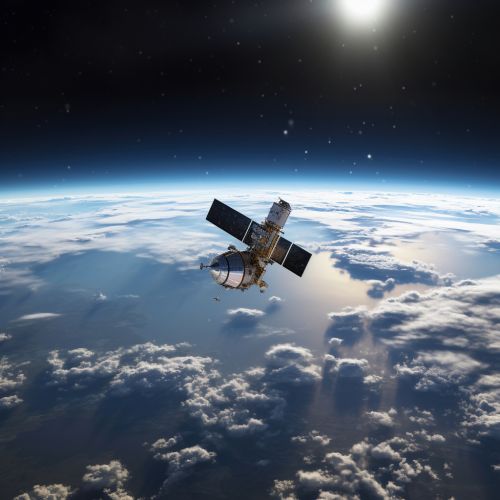
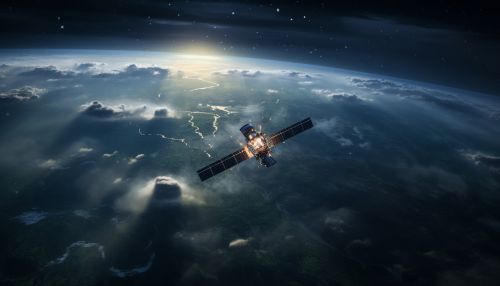
Types of Natural Disasters
Natural disasters can be broadly classified into four categories: geological disasters, meteorological disasters, hydrological disasters, and biological disasters. Each of these categories has unique characteristics and requires different prediction methods.
Geological Disasters
Geological disasters include events such as earthquakes, volcanic eruptions, and landslides. These disasters are primarily caused by tectonic movements in the Earth's crust.
Meteorological Disasters
Meteorological disasters are weather-related events like hurricanes, tornadoes, and blizzards. These disasters are typically predicted using meteorological data and atmospheric models.
Hydrological Disasters
Hydrological disasters encompass events such as floods and tsunamis. These disasters are usually caused by an excess of water, either from heavy rainfall or seismic activity in the ocean.
Biological Disasters
Biological disasters include pandemics and infestations. While not traditionally viewed as natural disasters, their potential for widespread damage makes them a significant area of study in disaster prediction.

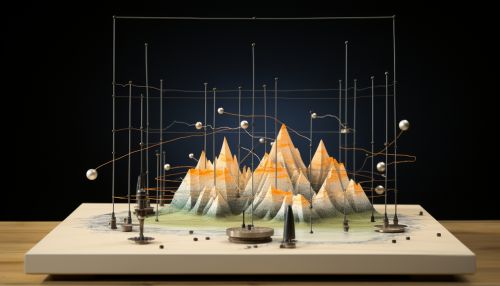
Prediction Methods
The prediction of natural disasters involves a variety of scientific techniques, many of which are specific to the type of disaster being predicted.
Earthquake Prediction
Earthquake prediction involves monitoring seismic activity using seismographs. Scientists analyze the frequency and magnitude of minor tremors (known as 'foreshocks') in hopes of predicting major earthquakes.
Volcanic Eruption Prediction
Predicting volcanic eruptions involves monitoring volcanic gases, seismic activity, and ground deformation. Scientists use instruments like gas spectrometers, seismographs, and GPS to gather data.
Landslide Prediction
Landslide prediction involves assessing slope stability and monitoring changes in the landscape, such as increased soil moisture or ground movement.
Hurricane Prediction
Hurricane prediction involves using weather satellites and computer models to track storms and predict their path and intensity.
Flood Prediction
Flood prediction involves monitoring rainfall and river levels, as well as using computer models to predict the likelihood of flooding.
Tsunami Prediction
Tsunami prediction involves detecting undersea earthquakes and using computer models to predict the size and direction of the resulting wave.
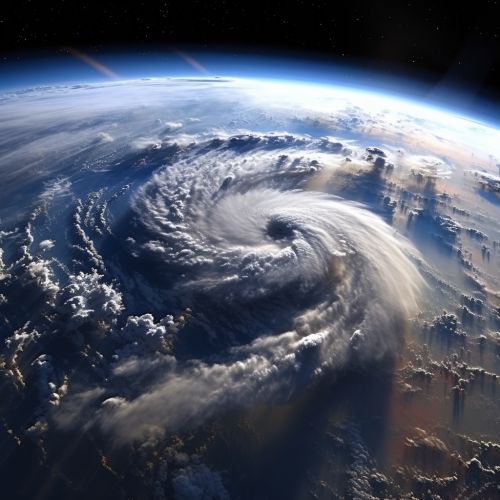
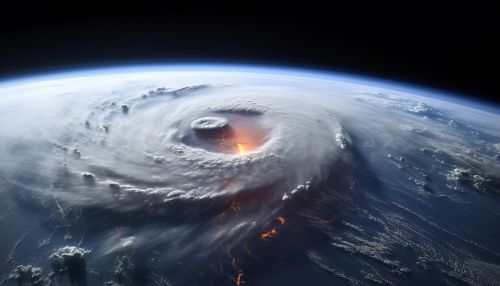
Challenges in Natural Disaster Prediction
Despite advances in technology, predicting natural disasters remains a challenging task. Some of the main challenges include:
- Uncertainty: Natural disasters are complex events influenced by a multitude of factors. This complexity makes predictions inherently uncertain.
- Data limitations: Accurate predictions require high-quality data, which can be difficult to obtain for certain types of disasters.
- Resource constraints: Predicting natural disasters requires significant resources, including advanced equipment and trained personnel.
- Communication: Even when accurate predictions are made, communicating them effectively to the public can be a challenge.


Future of Natural Disaster Prediction
The future of natural disaster prediction lies in the development of more accurate models, improved data collection methods, and better communication strategies. Advances in technology, such as artificial intelligence and machine learning, are expected to play a significant role in these developments.


See Also
- Earthquake Early Warning Systems - Flood Forecasting - Meteorology - Seismology - Volcanology
